Articles
Knowledge Center

Bill of Lading vs. Packing Slip: Their Key Differences
In shipping and logistics, it’s crucial to distinguish between a bill of lading and a packing slip. This article examines the differences.
Read More
4 Types of Material Handling Equipment
Storage and handling equipment plays a crucial role in warehousing for categorizing and storing products, which supports efficient operations. Read on to understand the four major types of storage and handling equipment.
Read More
Blockchain in Logistics: Definition, Role in Logistics, and Benefits
Blockchain technology is revolutionizing the logistics industry, promising enhanced transparency, efficiency, and security in supply chain operations. Blockchain in logistics ensures that all parties involved have access to validated, immutable records, thus reducing errors and increasing transparency. The blockchain technology market in the transportation and logistics industry is estimated to increase by USD 2.23 billion, […]
Read More
IoT in Logistics: What It Is, Applications, and Benefits
As the world becomes more interconnected, the logistics landscape is significantly transforming. Technology has become the backbone of supply chain management, propelling logistics companies into a new era of efficiency and connectivity. Internet of Things (IoT) is a transformative force reshaping the fabric of logistics and transportation. IoT in logistics isn’t just a trend; it’s […]
Read More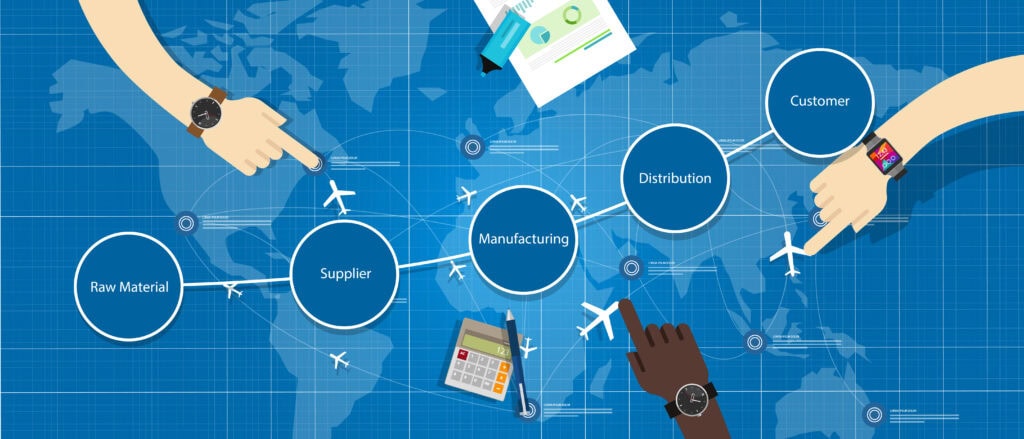
Supply Chain vs. Procurement: Key Differences Explained
There are critical roles and differences between supply chain and procurement within the commercial shipping industry. Understanding these functions is vital for managing operations efficiently and ensuring organizational success.
Read More
Outbound Logistics: Definition, Key Components, Benefits
Logistics is like the invisible glue that holds businesses together. It’s how companies move and manage goods from one place to another. Imagine a puzzle where each piece is a part of the supply chain, and logistics fits them together. Outbound logistics is a significant part of this puzzle. It’s all about getting products from […]
Read More
What is a Counterbalance Forklift? Definition, Types, and Uses
Counterbalance forklifts are vital machines in commercial shipping, offering versatility and efficiency in handling heavy loads. Whether using an electric forklift for indoor applications or a diesel-powered model for outdoor tasks, these forklifts are designed to meet various operational needs.
Read More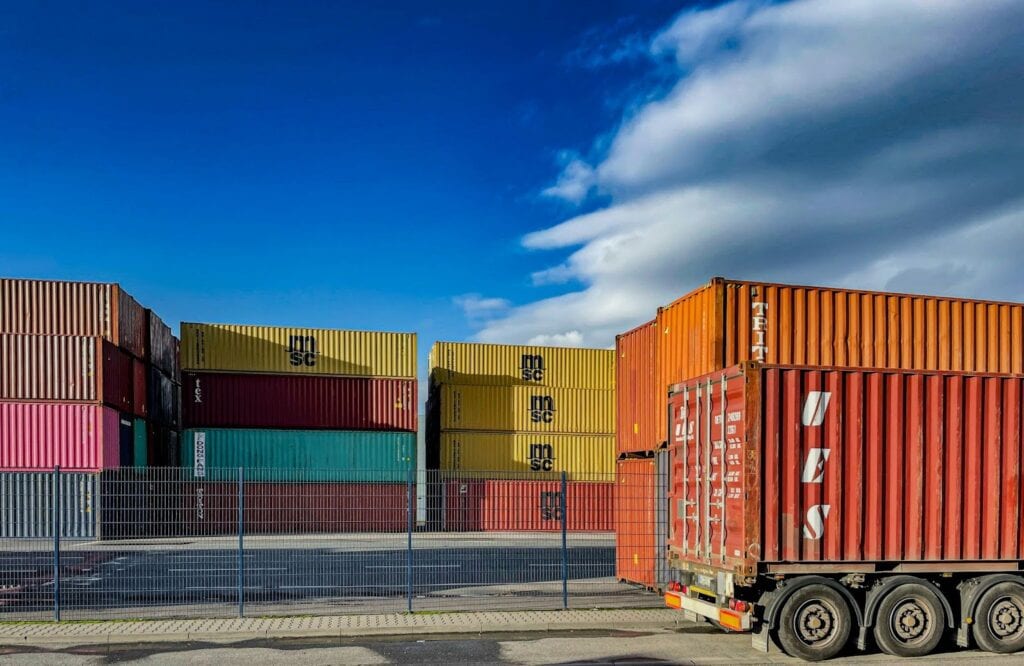
LCL: Meaning, Benefits, and Booking Process
Less than Container Load (LCL) is essential for global logistics, providing cost-effective and flexible shipping options for businesses with smaller cargo volumes.
Read More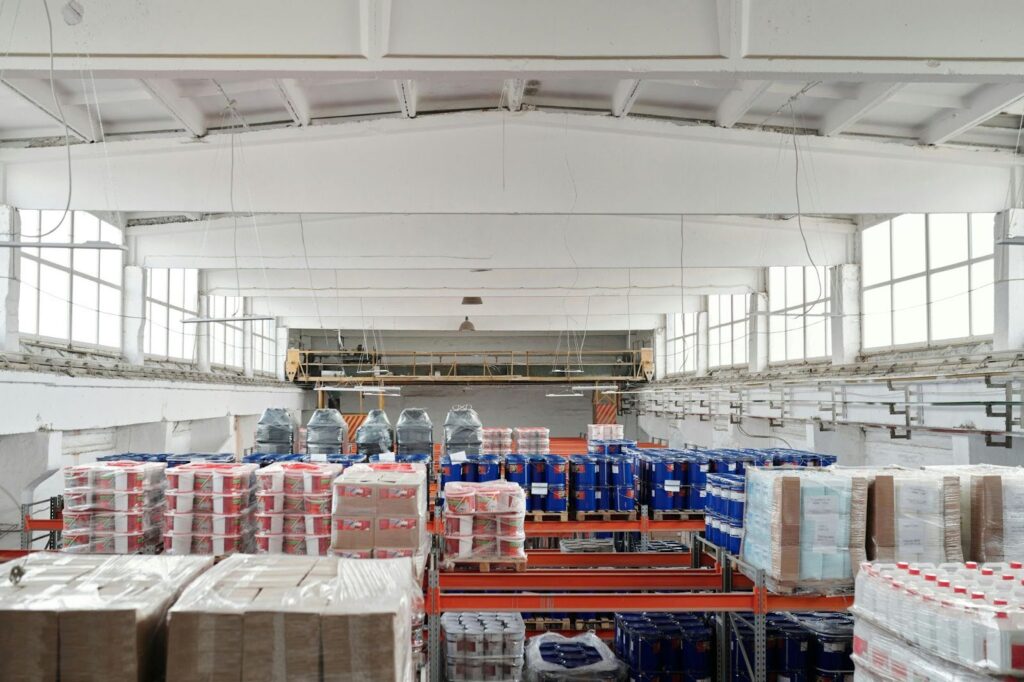
Logistics vs. Distribution: Their Key Similarities and Differences
Distribution and logistics are integral aspects of supply chain management, yet it’s important to recognize that these terms aren’t interchangeable. While both oversee the movement of goods within the supply chain, they possess distinct meanings. Contrasting distribution with logistics offers a valuable opportunity to grasp their unique definitions and disparities. Businesses need to discern between […]
Read More
FTL in Logistics: Definition, Benefits, and How to Use
This guide aims to provide a comprehensive overview of FTL shipping, including its definition, benefits, and practical usage. We will equip readers with the knowledge to navigate the logistics terrain confidently.
Read More
Friendshoring: Definition, Benefits, and Challenges
Friendshoring is shaping international trade by reinforcing supply chains and fostering economic ties. It boosts supply chain resilience and strengthens diplomatic relations, helping businesses manage global market complexities. However, challenges like higher costs and limited country choices require careful consideration.
Read More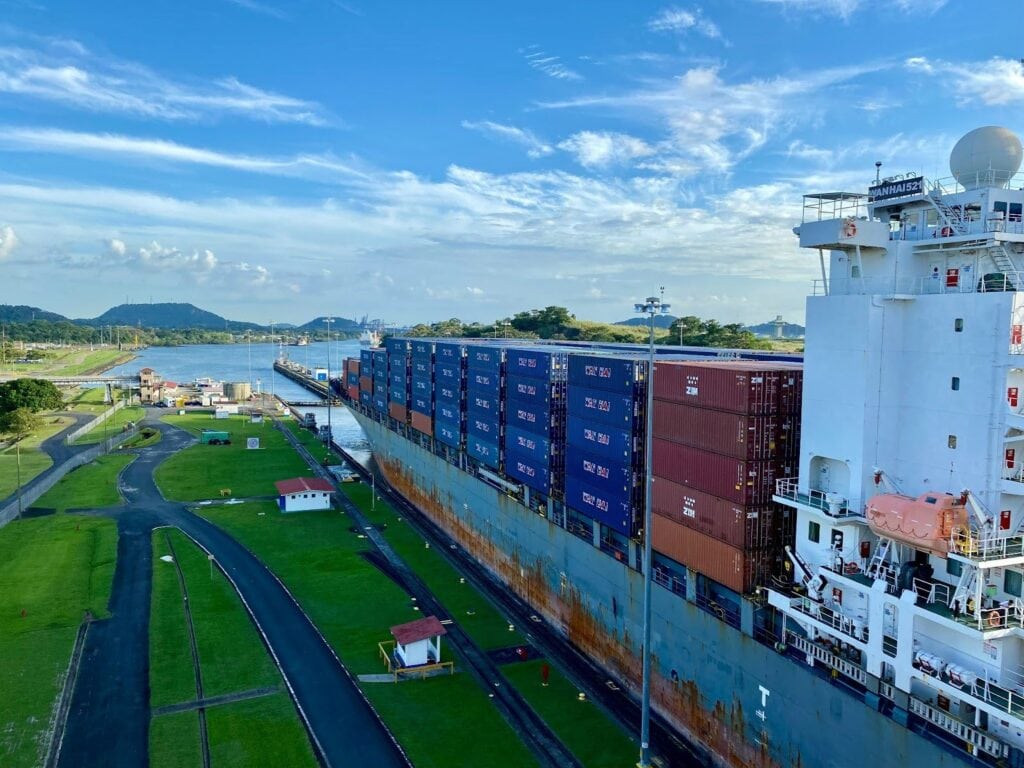
Forwarder’s Bill of Lading: What It Is, Key Components, and the Role of Freight Forwarders
In shipping and logistics, documentation reigns supreme, with the bill of lading playing a pivotal role. This legally binding document isn’t just a piece of paper; it’s the backbone of international shipment, encompassing a variety of forms such as the master bill, straight bill, switch bill, charter party bill, and ocean bill. Among these, the […]
Read More
6 Types of Wholesaling: A Comprehensive Guide
Wholesaling is vital to the supply chain, connecting manufacturers with retailers and consumers. It involves buying goods in bulk from manufacturers and wholesale selling them in smaller quantities to retailers or other wholesale businesses. There are different types of wholesaling, each serving different purposes and markets. This comprehensive guide will explore six kinds of wholesaling […]
Read More
Through Bill of Lading: What It Is, Functions, and When to Use It
A Through Bill of Lading is a comprehensive contract for shipping goods across multiple modes of transportation, from origin to final destination. Mastering shipping documentation, including Through Bills of Lading, is important for success in the commercial shipping and logistics industry.
Read More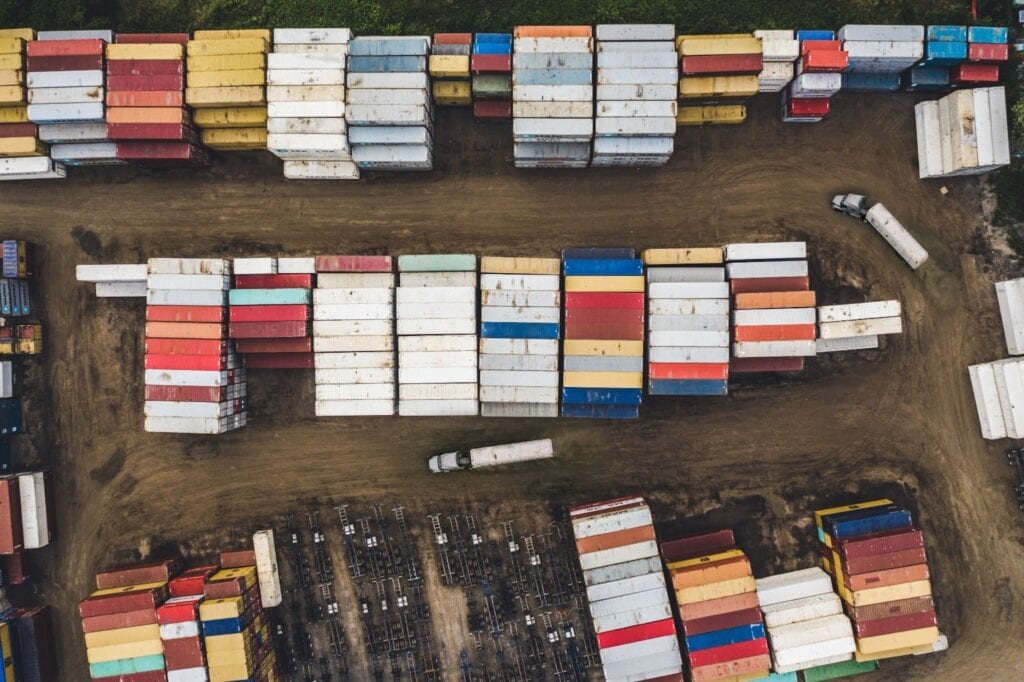
Sustainable Supply Chain: Definition, Components, and Benefits
Businesses across various industries increasingly prioritize sustainability in commercial shipping and logistics. Sustainable supply chain management now stands at the forefront of strategic planning, driven by consumer demand for environmental responsibility and fair labor practices. Companies recognize that adopting sustainable practices addresses climate change and social responsibility, leading to cost savings and improved financial performance. […]
Read More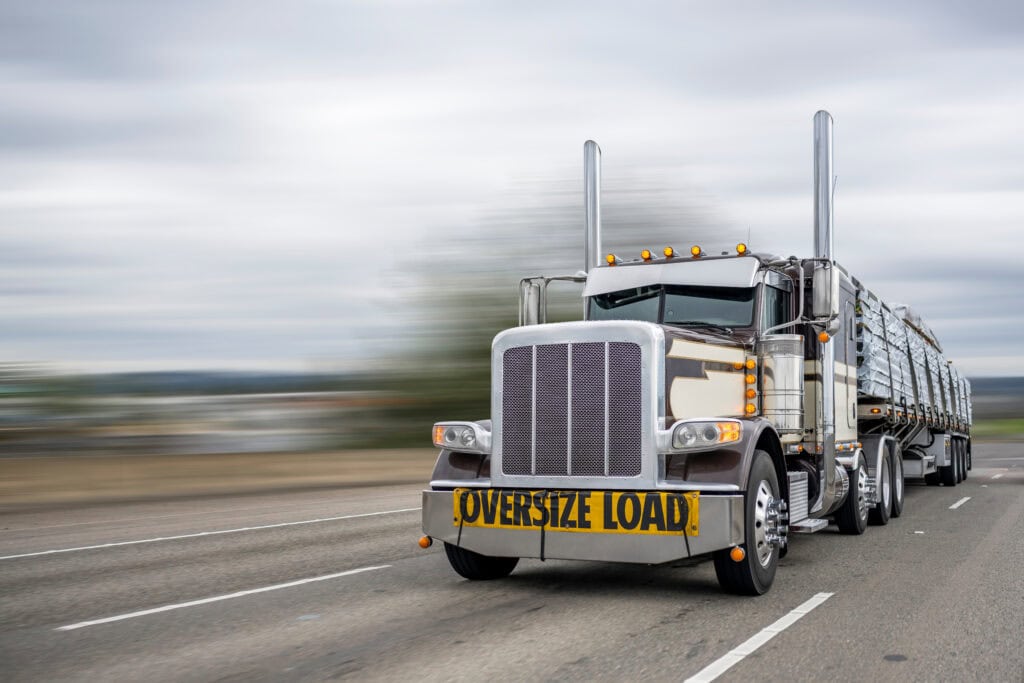
Conestoga Trailers: Definition, Types, and Advantages
Conestoga trailers are a testament to innovation in the trucking industry, transforming the way we transport goods with efficiency and care. With their unique retractable tarping system that shelters goods from the elements while facilitating easy loading and unloading, these trailers have become a linchpin in moving freight efficiently. A survey highlighted that about 65% […]
Read More
Bill of Lading vs. Waybill: Their Key Differences
Documentation serves as the backbone of the intricate web of global trade and logistics, ensuring the smooth flow of goods from one point to another. The bill of lading and the waybill are essential documents in this realm. Understanding the disparities between these documents is essential for anyone involved in shipping and logistics operations. Understanding […]
Read More
Advance Shipping Notice: Definition, Role in Supply Chain Management, and Benefits
Efficient communication and documentation are the backbone of successful shipping and logistics operations. Staying ahead in today’s fast-paced commercial environment requires adopting advanced tools and strategies. One such tool is the Advance Shipping Notice (ASN), which is important in modern supply chain management. This comprehensive guide will explore ASNs, their significance, benefits, and impact on […]
Read More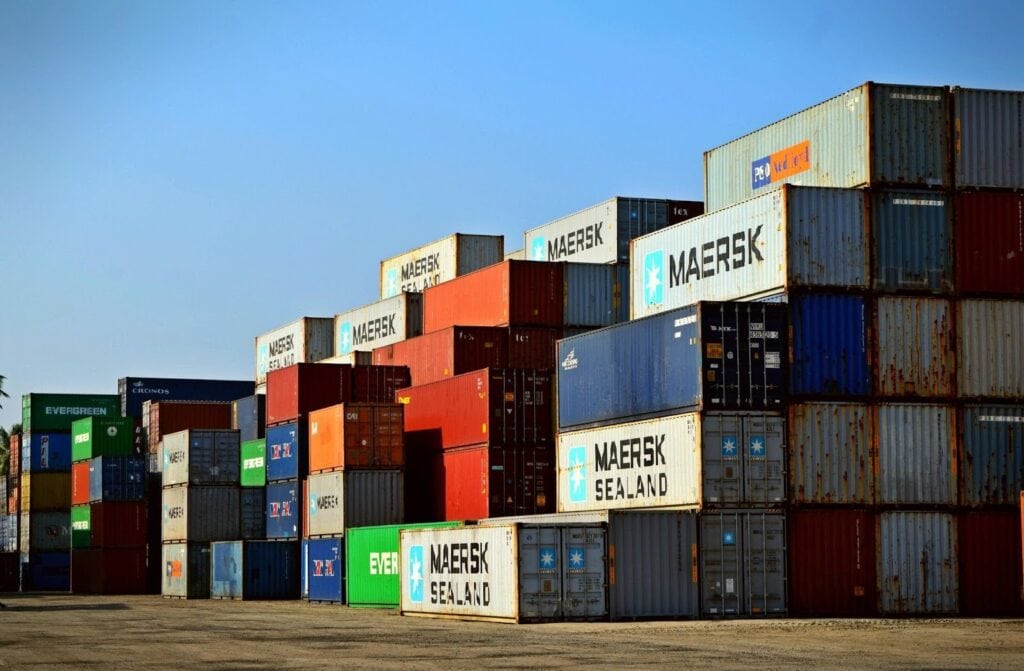
Supply Chain Resilience: Definition, Strategies, and Best Practices
Supply chain management faces unprecedented challenges in today’s global market, from natural disasters to fluctuating markets. A robust approach to these hurdles is not just beneficial but necessary. Resilience in supply chains allows businesses to respond swiftly and effectively to unforeseen disruptions, maintaining operational continuity and safeguarding revenue streams. Companies that improve supply chain resilience […]
Read More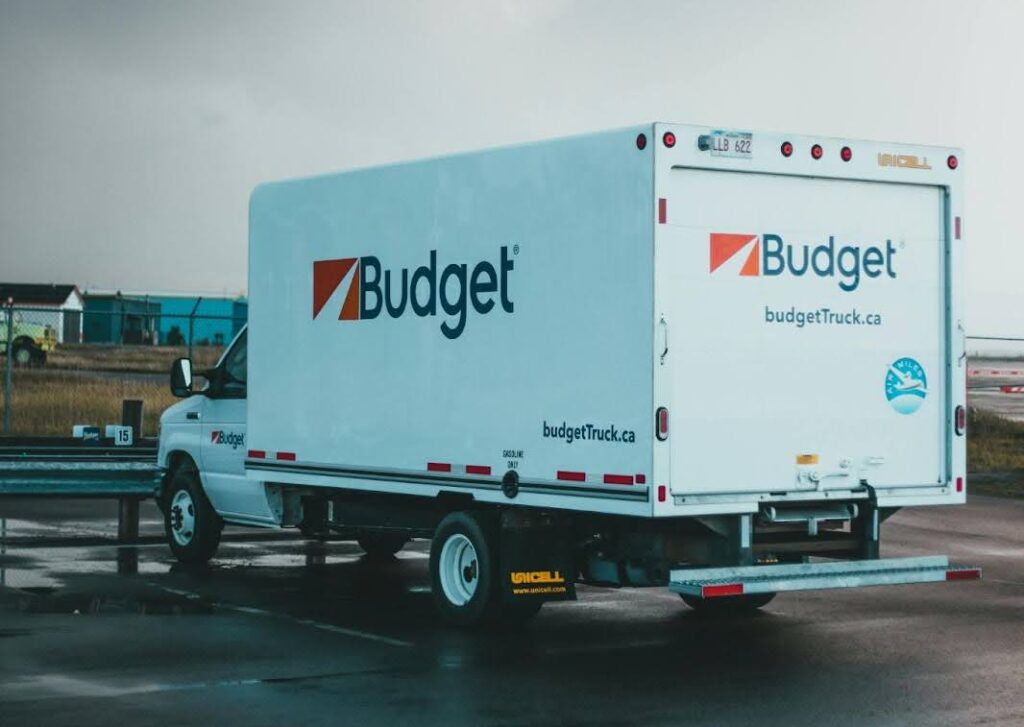
Box Trucks: Definition, Types, and Cargo
Box trucks, also known as cube or straight trucks, are the core component of the logistics industry. Their box-like cargo area makes them a favorable choice for wholesalers and manufacturers. They are helpful for local deliveries and long-haul transportation. Box trucks facilitate the movement of goods and materials with ease. Their versatility, accessibility, and capacity […]
Read More